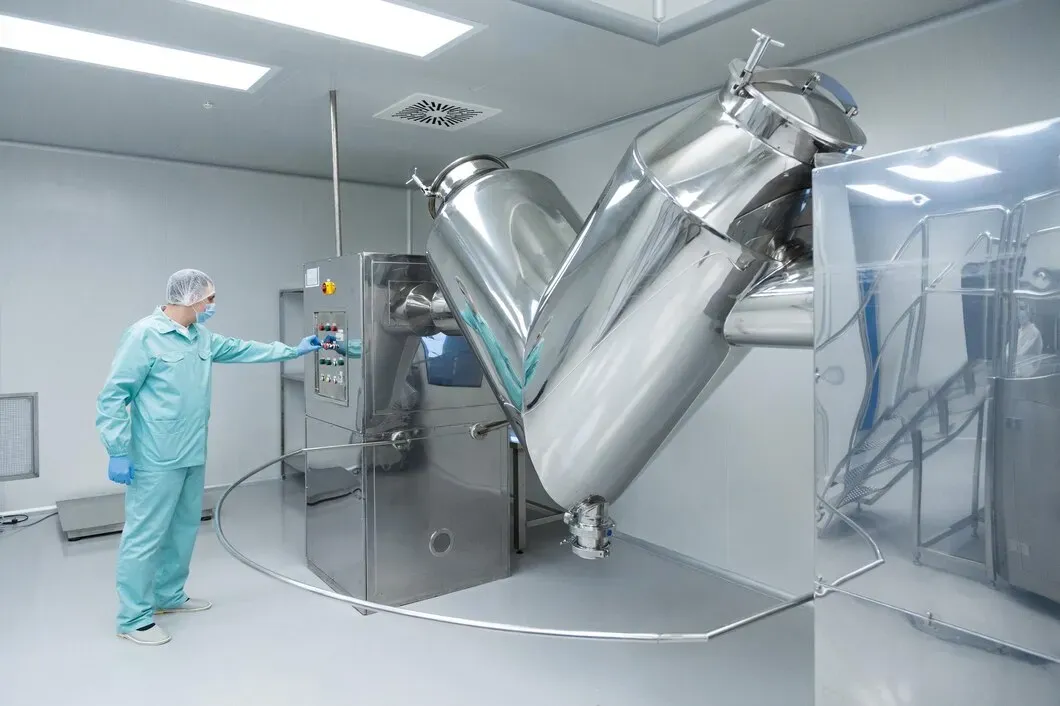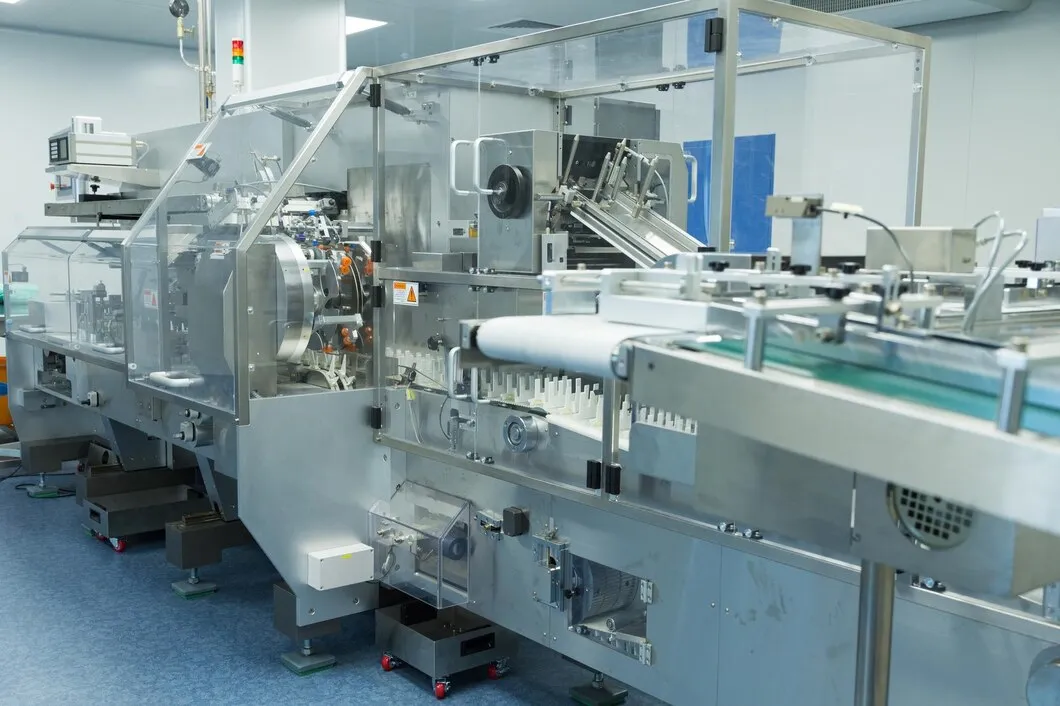When it comes to pharmaceutical manufacturing, quality and compliance aren’t just goals—they’re necessities. Every step of the process must meet stringent standards to ensure product safety and efficacy. One critical component of maintaining these standards is equipment qualification. But what does it mean, and why is it so important? Let’s dive in and explore.
Equipment qualification is verifying that a piece of equipment performs as intended and consistently produces reliable results. In the pharmaceutical industry, it’s not enough for equipment to simply work; it must operate within strict guidelines to ensure compliance with Good Manufacturing Practices (GMP).
Qualification proves that the equipment is installed correctly, operates as designed, and performs effectively under real-world conditions. It’s a cornerstone of quality assurance and plays a key role in safeguarding patient safety.
Stringent regulatory bodies like the FDA, EMA, MHRA, and WHO govern pharmaceutical manufacturing. These agencies mandate equipment qualification to ensure products are consistently safe, effective, and contamination-free.
Without proper qualification, a pharma equipment manufacturer or user risks non-compliance, leading to penalties, recalls, or shutdowns.
GMP requires that all pharma equipment be fit for its intended use. Qualification ensures that every piece of equipment—from mixers to tablet presses—meets these standards, minimizing risks and maintaining product integrity. It’s not just a regulatory obligation; it’s a guarantee of quality.
Alt-text: GMP logo, image grab from BioThrive Sciences
The qualification process in pharma is methodical and thorough. It involves:
DQ ensures that the equipment’s design meets predefined specifications and regulatory requirements. During this stage, pharma equipment manufacturers provide detailed documentation, including drawings, technical specifications, and user requirements.
IQ verifies that the equipment is installed correctly and adheres to manufacturer guidelines. This phase involves:
OQ confirms that the equipment operates as intended within specified parameters. Tests are conducted to ensure:
PQ validates that the equipment consistently produces quality results under real-world conditions. This stage involves running the equipment with actual production materials to confirm reliability and performance.
Qualification documents are the backbone of the process. They include:
These records demonstrate compliance and provide traceability, making them critical during audits and inspections.
Once qualification is completed, the equipment is ready for validated production. However, the work doesn’t stop there:
While often used interchangeably, qualification and validation have distinct purposes:
Think of qualification as a building block within the larger validation process.
Equipment qualification isn’t just a regulatory checkbox—it’s a critical step in ensuring:
For any pharma equipment manufacturer or user, qualification is an investment in both compliance and long-term success.
In the pharmaceutical industry, where precision and safety are paramount, equipment qualification is essential. It ensures that pharma equipment performs reliably, complies with regulations, and produces high-quality products. By following a structured qualification process and maintaining proper documentation, manufacturers can safeguard both their operations and the health of their customers.
Whether you’re installing new equipment or requalifying existing machinery, working with a trusted pharma equipment manufacturer ensures the process is seamless and compliant. In the end, equipment qualification is more than a necessity—it’s the foundation of quality and compliance in pharmaceutical manufacturing.
Looking to ensure compliance and quality with your pharmaceutical equipment? Canaan offers industry-leading solutions tailored to your needs. Contact us today to learn more!
Resources:




Before any drug reaches a patient, it starts in a lab. That’s where formulas are tested, batches are checked, and quality is either confirmed or questioned. To do that work right, labs depend on the right equipment—tools that don’t just get the job done, but do it with precision. If you’re responsible for running or […]

Blister packaging is everywhere in pharma—from tablets to capsules to sample packs. It protects the product, extends shelf life, and improves patient safety. But for manufacturers, it’s more than just packaging—it’s a system built around speed, precision, and compliance. If you’re in pharma manufacturing or packaging procurement, here’s what you need to know about blister […]

If you’re deciding how to deliver a pharmaceutical or supplement product, the format you choose—liquid gels or tablets—will shape more than just how it looks. It affects how the product is made, how fast it’s absorbed, what kind of equipment you’ll need, and how the end user experiences it. Some actives work better in a […]